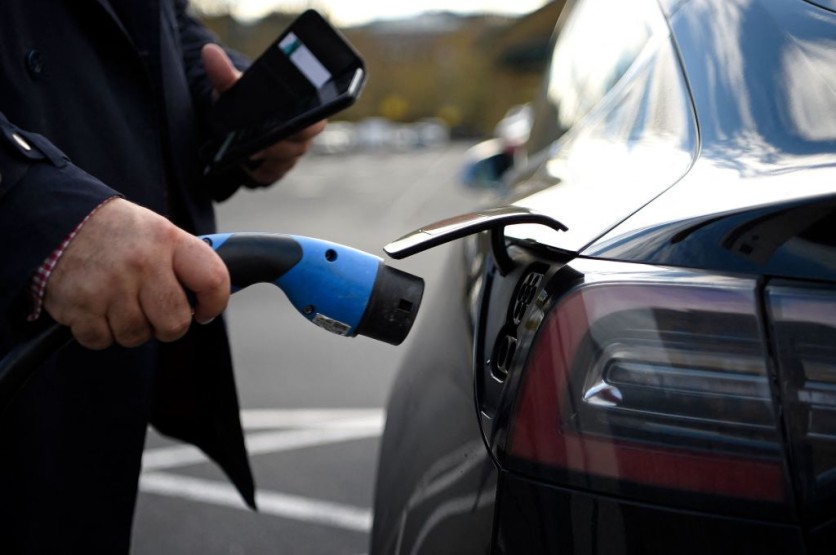A new bill has been introduced which might require all new electric vehicles in California to be equipped with bidirectional charging capability starting in 2027. This effort aims to help the state grid tackle challenges with peak loads.

Requiring EVs to be Bidirectional-Capable
SB 233 bill has been introduced in the California Senate by Senator Nancy Skinner. According to a report from Electrek, this would require all electric vehicles to have bidirectional chargers by 2027. The bill would include light vehicles and school buses.
On April 25th, the bill was heard before the Senate Transporation Committee and passed the legislature with 11-3 voting. This will now advance to the Appropriations Committee and once passed, it will go through the state Senate and Assemble, which will for the governor to sign.
During the California Climate Policy Summit in Sacramento, Skinner stated, "EVs are energy storage on wheels. Why waste that battery, given how few miles most people use the vehicle on any given day? But we need to make it as easy as possible."
PV Magazine reported that this bill would dictate California to hold quarterly interoperability testing events that will allow companies to share products and information while testing the compatibility of electric vehicles, EV supply equipment, and the emergence of V2E technology.
Through this effort, it will contribute to the development of California's standards and green efforts. The state also plans to incentivize buyers to acquire bidirectional equipment for a much smoother transaction.
California will also be evaluating individual use cases in order to determine vehicle and charger types that may not benefit from this technology, making them an exemption from the bill once mandated. For instance, high-speed public DC chargers might be exempted from this.
Bidirectional Chargers
The bill did not directly specify bidirectional capability but directed the California Energy Commission to assemble a group and produce a report on the bidirectional capabilities of several vehicles in the market.
Most likely, it would include vehicle-to-grid that would feed energy into the electric grid of the users' car battery. This is very similar to what a home solar system does when producing more than a home can consume.
Aside from this, there are also different types of bidirectional usage for EVs, including the vehicle-to-load and vehicle-to-home. V2L has a lower peak draw capability and the most limited type while V2H allows users to power their home with a car's battery.
TechCrunch reported last year that automakers GM and Ford are among the growing number of companies touting the benefits of bidirectional charging for consumers.
Related Article : California Tech Company Debuts World's First DC-to-DC Rooftop Bidirectional EV Charger

ⓒ 2025 TECHTIMES.com All rights reserved. Do not reproduce without permission.




